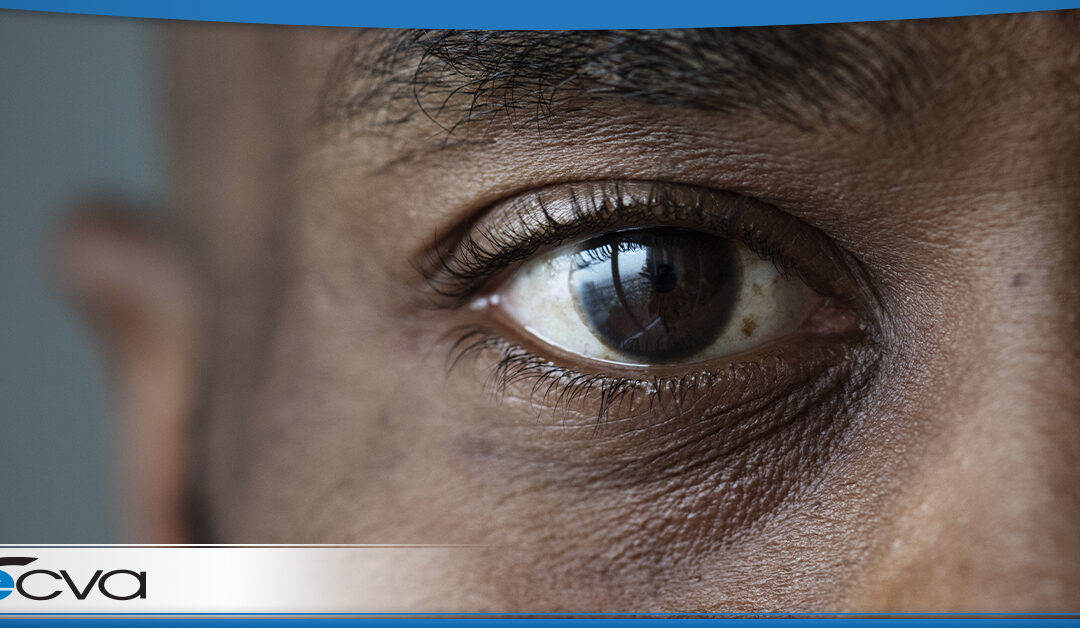Spotting a broken blood vessel in the white section of your eye can be scary. Often, it stands out dramatically, which alone can be concerning. Additionally, most people view bleeding as a sign of trouble, particularly if they spot it in their eye.
While bleeding in your eye can certainly be serious, a broken blood vessel isn’t typically as bad as it appears. If you are wondering whether you should be concerned, here’s what you need to know about broken blood vessels in the eye.
Common Causes of Broken Blood Vessels in the Eye
A broken blood vessel in the eye is called a subconjunctival hemorrhage. When a small blood vessel breaks beneath the conjunctiva, the clear outer eye surface, blood can pool. In many ways, it is similar to a bruise, though it tends to be brighter red in coloring.
When it comes to common causes, dramatic spikes in blood pressure are a major one. This can occur when coughing or sneezing, as well as during moments of intense laughter. Vomiting can cause a blood vessel to break, too. Similarly, exercise or work that involves heavy lifting can also be responsible for a blood pressure increase that could result in a broken vessel.
However, blood pressure changes aren’t the only potential cause. People who take blood thinners may have a vessel occasionally break. Additionally, a broken blood vessel can be caused by eye surgery or injury. At times, even vigorous rubbing of the eye may burst a vessel.
When to Be Concerned About Broken Blood Vessels in Eyes
Generally speaking, you only need to be concerned about a broken blood vessel in the eye under specific circumstances. First, if the subconjunctival hemorrhage is accompanied by other worrisome symptoms, such as signs of an infection, the overall situation could be an emergency.
Broken blood vessels don’t automatically cause eye pain, discharge, or vision changes. If you have symptoms like that, you may have another condition that needs immediate assessment and, potentially, treatment.
Additionally, if a broken blood vessel occurred after an eye injury, it’s wise to see an eye doctor. The subconjunctival hemorrhage could result from eye trauma, and the situation may worsen, depending on the nature of the injury.
What to Do If You Have a Broken Blood Vessel in the Eye
Generally, if you don’t have signs of an infection or injury, you can potentially wait until the broken blood vessel resolves itself. In most cases, this can take one to two weeks, as the blood has to be reabsorbed, and that process can take time.
If you’re having other symptoms along with the broken blood vessel or the situation isn’t getting better over time, schedule an appointment with your eye doctor. They can assess the subconjunctival hemorrhage, determine a cause, identify any other problems that may be occurring, and ensure prompt treatment if needed.
See an Ophthalmologist in Buffalo NY
At ECVA, our staff works diligently to care for the eye health of our patients. If concerned about a broken blood vessel in your eye or you simply haven’t had your eyes checked recently, schedule an appointment with your closest ECVA clinic today.


